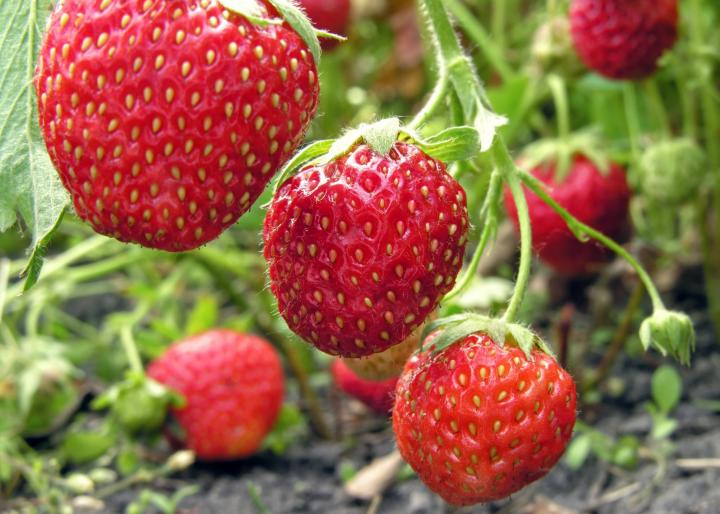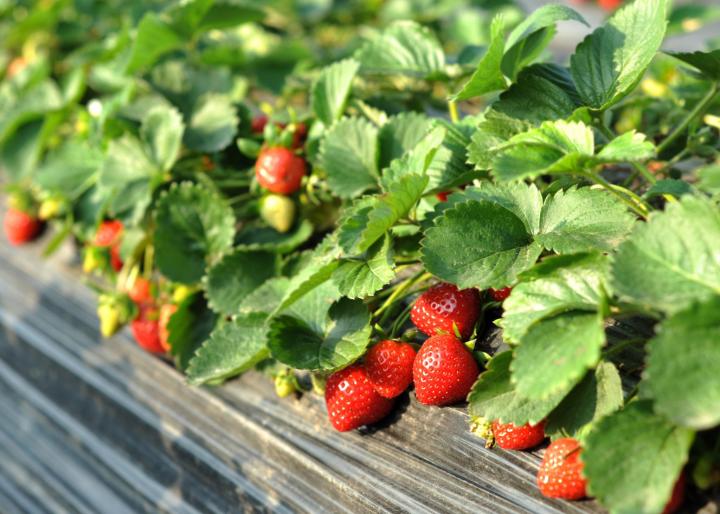
Planting, Growing, and Harvesting Strawberries
Read Next
Types
Try planting more than one variety. Each will respond differently to conditions, and you will have various fruits to enjoy.
- ‘Northeaster’ is best suited for the northeastern US and southeastern Canada. Fruit has strong flavor and aroma.
- ‘Sable’ is hardy to zone 3, early season, great flavor.
- ‘Primetime’ is a mild-flavored, disease-resistant variety, best adapted to the Mid-Atlantic.
- ‘Cardinal’ is a good variety to try in the South.
- ‘Camarosa’ is a good variety to try on the West Coast.
- ‘Tristar’ is a day-neutral variety that’s very well-suited for hanging baskets.
Learn more about choosing and growing different strawberry varieties.
Gardening Products
Hi Frank, Sorry to hear about your strawberry crop. That must have been a disappointing discovery. While most of the pests that harm strawberry plants are insects, they would not have eaten the plants down to the soil. You certainly had some hungry (and stealth) critters around your property that took an extreme liking to your strawberry plants. Whether your crowns remain in tact for future growth or you plant new strawberries for next year, it might be a good idea to put up some sort of fencing or barrier around your raised beds as a deterrent.
While this does not sound like the case with your strawberries, since you said that you never cut back your strawberries, this is a good opportunity to mention that after harvesting your crop, it is best to cut back the foliage to 1-inch above the ground. This helps to remove older leaves that could be infected with diseases and control insects by removing their food source and potential breeding sites.
- « Previous
- 1
- 2
- …
- 10
- Next »













Comments